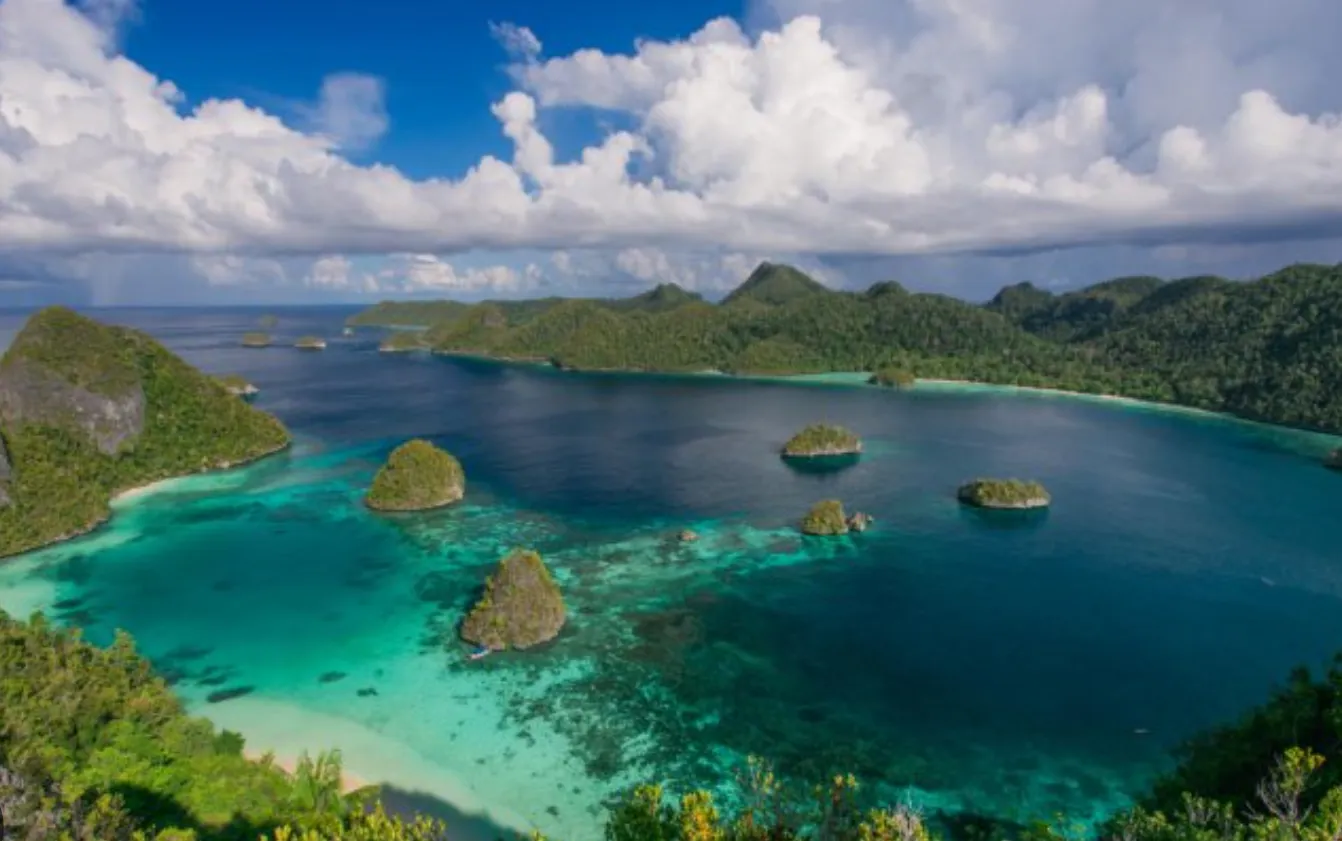-
CENTRES
Progammes & Centres
Location
Over the years, India’s foreign policy objectives overlooked the PIC narrative but that is changing in the post pandemic world order

With Prime Minister Narendera Modi’s inaugural visit to Papua New Guinea (PNG) scheduled later this month, India’s agenda is populated with several priorities. Expectations are running high in the diplomatic circles as it is a ground-breaking trip, the first for an Indian Prime Minister. As expressed by India’s External Affairs Minister, Dr S. Jaishankar, broadening the scope and reach of their bilateral ties tops the list on the agenda. The visit also gains strategic importance at a time when the ongoing war on European soil is resulting in multiple challenges, such as soaring oil prices, inflation, economic recession, political warfare, meeting Agenda 2030, etc.
PM Modi’s visit also marks the Third Forum for India-Pacific Islands Cooperation (FIPIC), which India is co-hosting along with PNG in Port Moresby. Coinciding with FIPIC, American President Joe Biden is expected to fly down to the island nation to attend the QUAD summit that is being held on 24 May and also interact with the Pacific leaders. The simultaneous presence of Biden and Modi in PNG is a ‘historic first’. PNG PM, James Marape, interprets this as “a going forward’ futuristic meeting of global superpowers, in the biggest country in the Pacific”.
Why should India focus on PICs?
Consisting of three big clusters of islands, namely Melanesia, Micronesia, and Polynesia, the Pacific Island Countries (PICs) are strategically located islands in the South Pacific. Inhabiting almost one-sixth of the world’s population, for decades, these islands have occupied common spheres of influence and interest for major superpowers, like the US, France, Japan, Australia, and the United Kingdom (UK).
India’s involvement with the region dates back to the colonial period in the early 19th century through the migration of Indian plantation workers. Over the years, New Delhi’s foreign policy objectives did not pay much attention to the PIC narrative. Inherently resource-rich in natural minerals and hydrocarbons, these islands are known for massive biodiversity, diverse ocean life, and extensive mangroves. Noticeably, China’s foray into the region in the form of resource extraction, increasing naval presence in the South China Sea, and investments under the Belt and Road Initiative (BRI) has unnerved the neighbourhood. As a counter-response, India gradually began to tune itself towards the PICs by rechristening its Look East Policy of 1991 to Act East Policy in 2014. The formation of FIPIC being a case in point.
Building development partnerships on critical issues including climate resilience, digital health, renewable energy, and disaster risk reduction, India also committed to increasing its Grants-in-aid to US$200,000 annually. From a geostrategic perspective, FIPIC is crucial—India’s engagement with the Pacific nations is viewed by the US as a means to counter China in the Indo-Pacific. Firefighting the Taiwan issue, Beijing is also eager to gain the support of these island nations, such as the Federated States of Micronesia (FSM) to offset the American influence. The recent letter released by the outgoing Micronesia President, David Panuelo, highlights the growing Chinese interference in domestic politics of the country by ‘bribery and bullying’.
In light of a strong diasporic presence in these two nations, India’s geopolitical engagements gain further traction in the South-Pacific.
So far, India’s partnerships with Fiji and PNG are well-established, but the partnerships with the rest of the PICs are not so well-established. In light of a strong diasporic presence in these two nations, India’s geopolitical engagements gain further traction in the South-Pacific. Both in terms of population and area, PNG is the largest PIC occupying roughly 463 square kilometres with 7.1 million people. Under its current budgetary allocation for development cooperation, India offered a US$100 million Line of Credit for infrastructural advancement. Moreover, sectoral concerns like green transition and climate change, technology transfer, capacity building, encouraging trade and commerce, etc. are of great significance to India’s growing development partnerships in the region.
Development diplomacy: India in PNG
India’s approach to development cooperation is different and unique as compared to the West and even China. As observed by experts, its partnership model is organic in nature, unlike the Chinese or the West.
India’s approach to development cooperation is different and unique as compared to the West and even China. As observed by experts, its partnership model is organic in nature, unlike the Chinese or the West. This is bound to attract the developing islands in the Pacific. Moreover, its foreign policy considerations are now progressively being structured around the notion of ‘diplomacy for development’, as pointed out by External Affairs Minister, Dr. S. Jaishankar. This ‘India Way’ of foreign policy fits well for the larger Global South. During the 2021 BRICS Academic Forum in New Delhi, the Indian Foreign Minister underlined the necessity of putting in place ‘human-centric globalisation’ as a hallmark of the post-pandemic world order. There, he stated: “India is a constructive contributor to the efforts to create such an international order by sharing the developmental experience with partner countries in the Global South; undertaking humanitarian assistance and disaster relief operations, particularly during the pandemic; through initiatives such as the International Solar Alliance (ISA) and the Coalition for Disaster Resilient Infrastructure (CDRI); and by acting as a first responder (through Vaccine Maitri) and net security provider in its diplomatic environment.”
Despite being endowed with natural minerals and exporting over 8 million tonnes of liquefied natural gas (LNG) to several parts of Asia, almost 40 percent of PNG’s population lives in poverty. PNG is plagued by a host of issues including democracy deficit, under-resourced healthcare, corruption, climate change, and violence against women and girls, which have exacerbated in a post-pandemic world. Undoubtedly, this opens up possible pathways for India to advance Southern-driven partnerships on connectivity, healthcare, technology, sustainable agriculture, capacity-building and training. With the G20 Presidency giving India leverage as an important economy in world politics, the FIPIC can be viewed as a suitable opportunity for New Delhi to realign itself in the emerging world order. Also, the time is right for India to rethink its Act East Policy and transform it into Act Indo-Pacific.
Dr Swati Prabhu is Associate Fellow with the Centre for New Economic Diplomacy (CNED).
The views expressed above belong to the author(s). ORF research and analyses now available on Telegram! Click here to access our curated content — blogs, longforms and interviews.

Dr Swati Prabhu is Associate Fellow with the Centre for New Economic Diplomacy at the Observer Research Foundation. Her research explores the interlinkages between development ...
Read More +